Whether you’ve realized it or not, you’ve likely seen slipcast bonsai pots.
Slipcasting is a technique for creating ceramics that involves pouring liquid clay into plaster molds. Once the clay body has been formed, it can be glazed or left unglazed. Here’s a glazed example.
Blue glazed pot
What’s the giveaway? Although it is sometimes hard to tell, the most obvious signs of slipcast bonsai pots are ripples in the clay that reveal the liquid clay’s movement through the mold and the bump or indentation where the liquid clay was injected into the mold. Here’s an example of a bump at the clay injection point.
Injection point – note the dot and circle above the drainage hole
Ryan Bell, the pot expert behind japanesebonsaipots.net, refers to these signs as “ripple and nipple.” If you see ripples in the clay and a nipple where the clay was injected, you have a slipcast pot.
Although some slipcast pots are well made, in general they are less expensive than pots made by more manually intensive methods. Here are two more examples.
Cream glazed pot
Bottom of the pot – note the dot to the right of the right drainage hole
Close-up – injection point and ripples
Other signs of slipcast pots can be harder to describe. Some slipcast bonsai pots have soft edges or corners that would be difficult to produce by hand. Uneven clay thickness can also be a giveaway. Here’s an unglazed example of a slipcast pot.
Slipcast brown oval pot
Oval from above – the ripples are more apparent when you click to zoom in
Soft edges
Should you be concerned if you have slipcast bonsai pots? Not really. They can make good growing pots and they are inexpensive to obtain. One thing to watch out for, however, is how well the pots can withstand cold temperatures. This goes for all non-vitreous pots – if a bonsai pot can absorb water, the water can freeze and damage or destroy the pot.
Now that we’ve covered how to identify mass-produced, slipcast bonsai pots, we can better appreciate the handmade work of some contemporary American potters. More on that later this week!
Subscribe to Bonsai Tonight
New Posts Delivered Every Tuesday and Friday
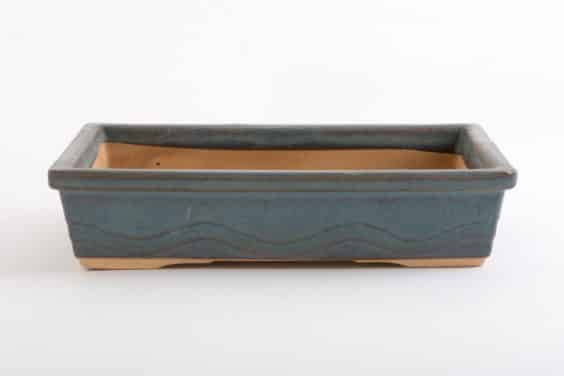
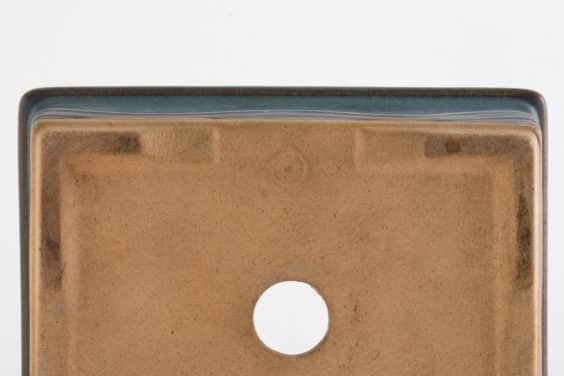
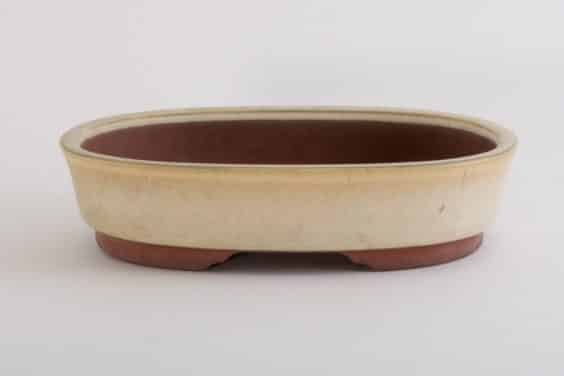
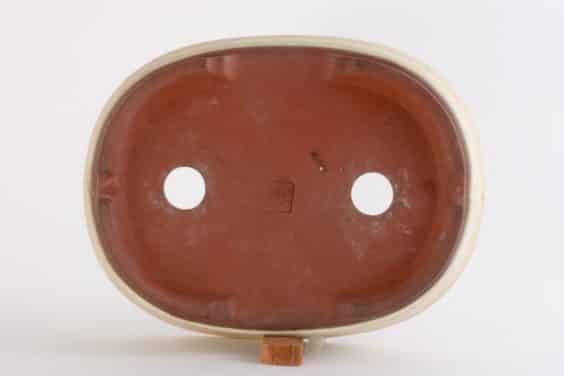
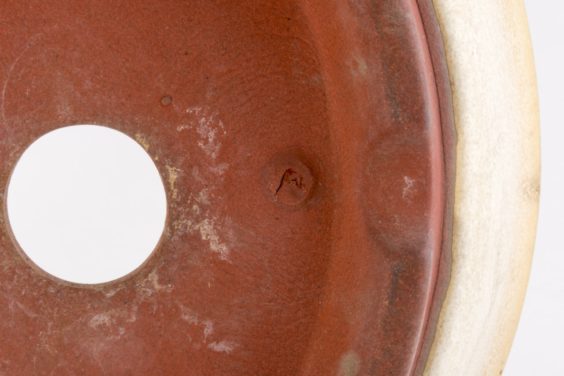
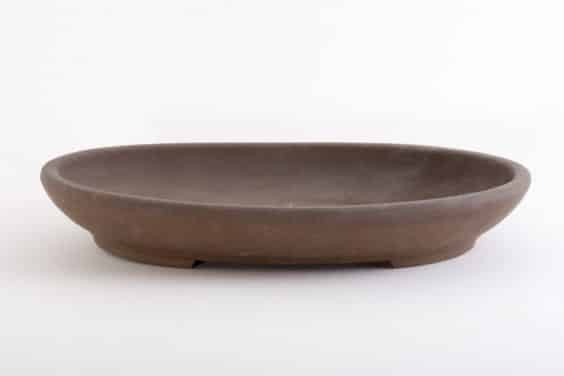
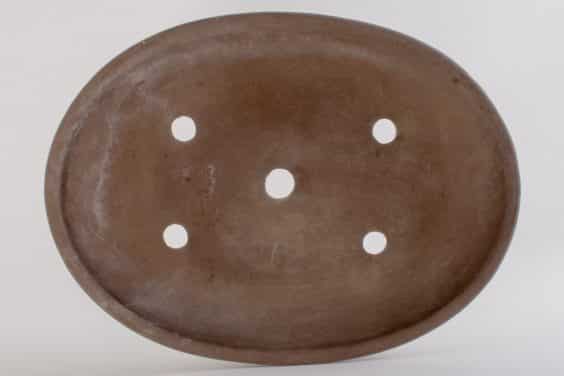
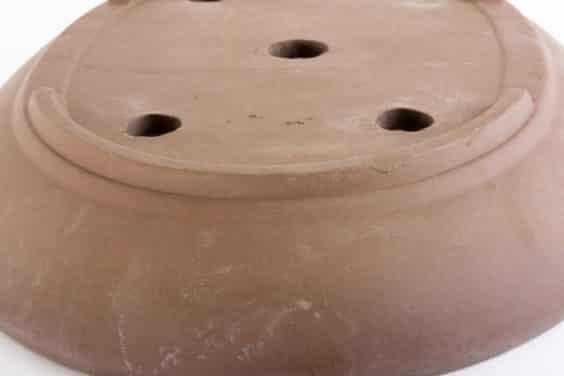
Mac McAtee says
Thanks for the info Jonas and to Ryan Bell as well.
Bruce Harris says
What do these pots cost, where can they be purchased and what sizes do they come in? My bonsai budget is limited but I need to buy pots when I convert a colander pine into true bonsai that is a “plant in a pot”.
Jonas Dupuich says
Good question. Slipcast pots can be found online and in garden centers or bonsai nurseries. They typically won’t be advertised as “slipcast pots,” however, price and build can give them away. When moving to a bonsai pot from colanders any inexpensive pot will do.
I see more small and medium sized slipcast pots than I do large ones. Bigger training pots are often made from slabs pressed into large molds.
Prices vary depending on size and quality. I’d love to hear recommendations for where one can find good training pots. I have a limited selection – feel free to check in when the time comes to find pots for your pines.